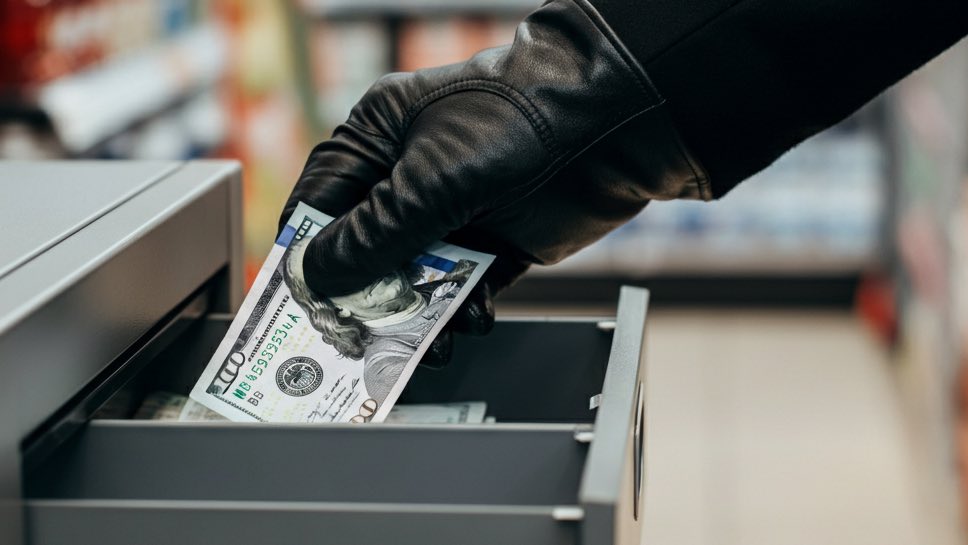The financial industry is constantly reminding consumers of all the ways they — the consumers — make it easy for scammers to steal from them and why they need to be more careful.
What they don’t say is that quite a few of those thefts are being carried out by bank employees who have access to their customers’ names, account numbers and so forth. Sometimes they can even print up a batch of fake checks without anyone noticing.
In a recent case, an employee of Toronto-Dominion Bank leaked customer data to a criminal network via Telegram, the New York Post reported.
This kind of scam doesn’t get much attention, since banks aren’t eager to admit their lower-level employees have their fingers in their customers’ tills. It’s embarrassing and could open the banks to legal action by aggrieved depositors.
This is basically an extension of the “shrinkage” problem retailers are always talking about as they lock up the toothpaste and snoop in customers’ shopping carts when they leave the store. Shoplifting is a problem but a large percentage of retail shrinkage is carried out (literally) by store employees.
Everyone in the banking business knows about this but efforts to get it under control are being steadily outflanked as banks cut the number of employees and rely more on automation. It saves the banks money but leaves more employees alone and unsupervised for longer periods of time.
Not a new problem
It’s not a new problem. Years ago, then-New York Attorney General Eric Schneiderman revealed that an investigation had found bank tellers were being recruited to leak customer information to crooks.
The problem has gotten more serious, with the growth in retirees sitting on bulging accounts. Elder theft is estimated at $28 billion and pilfering that stash is attractive to a growing army of fraudsters.
Elder fraud complaints to the FBI’s Internet Crime Complaint Center spiked 14% last year and associated losses grew 11%, according to a government report released earlier this year.
Banks say they’re doing all they can and their lobbyists are hard at work dissuading Congress from passing new measures that would require banks to make their customers whole when their funds are stolen.
What to do
Unfortunately, consumers are largely on their own when it comes to discovering fraud. Experts say that everyone should be vigilant and that seniors should be even more so, given the risks. They recommend:
-
Designate trusted contacts: Seniors should authorize a trusted contact who can be reached by banks and other financial institutions if suspicious activity is detected.
-
Stay informed: Being aware of common scams and regularly reviewing financial statements can help detect unauthorized transactions early.
-
Keep your eyes open: It only takes a few seconds to check your bank and investment balances each day and to take note of any discrepancy, however small. Fraudsters often make a few “test” withdrawals to see if anyone is watching, so nothing suspicious should be ignored.
Banks need to step up their efforts to supervise employees and shut down fraud and, equally important, regulators need to require that banks take responsibility for crimes carried out by their employees.
-
Consumer advocates say financial institutions should train employees to recognize and report signs of elder financial exploitation. Programs like AARP’s BankSafe initiative have proven effective in empowering bank staff to prevent such scams.
-
Regulators stress the importance of robust internal controls and reporting mechanisms to detect and prevent elder financial exploitation. The Elder Justice Act, enacted in 2010, was the first comprehensive federal legislation addressing elder abuse, neglect, and exploitation.














